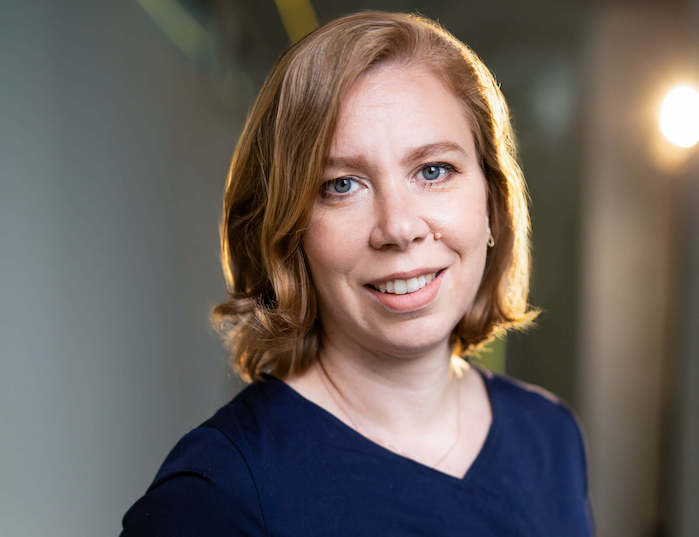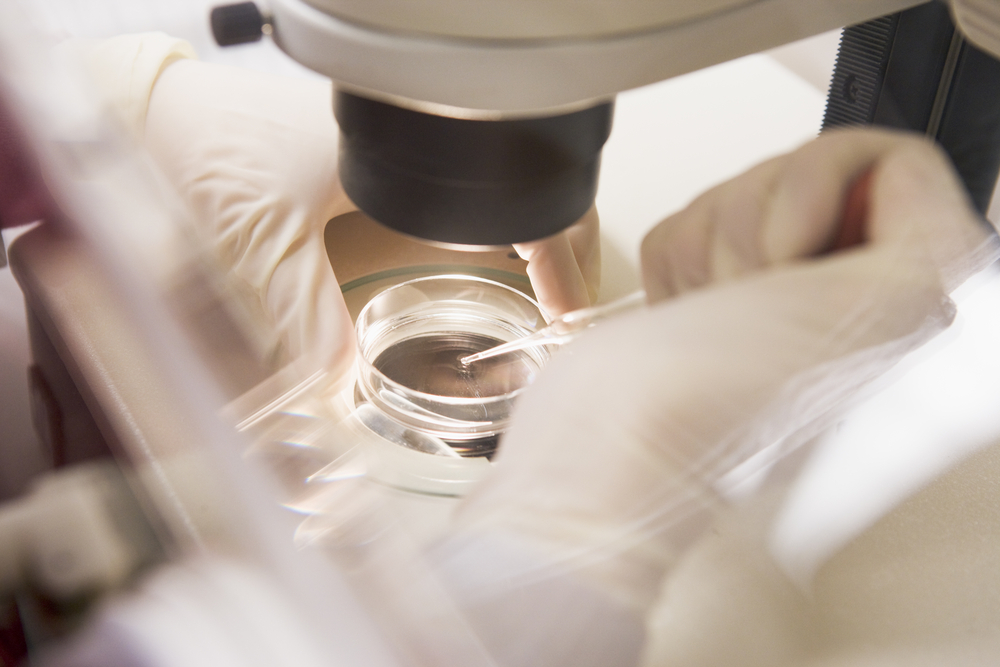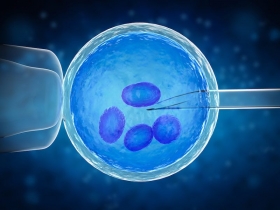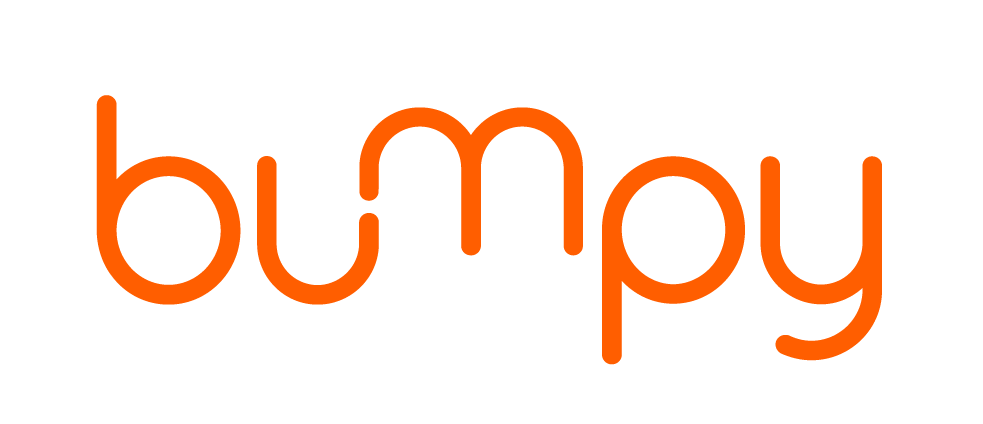How does IVF change for women over 40? Our Doctor at Gynem Fertility Clinic explains.
Many women are having children later in life. Women are also starting IVF later in life. Some people may not even know they will have fertility issues until their mid to late thirties and early forties. IVF can help many women have successful pregnancies, but IVF isn’t as effective for those who are in their later reproductive years. Our head physician at Gynem fertility clinic MUDr. Kristýna Frühaufová, Ph.D. gives some insight into what IVF looks like for women over 40.

MUDr. Kristýna Frühaufová, Ph.D.
Why are women over 35 years old more likely to have fertility issues?
As people delay their pregnancy plans until they are 35 to 40 there becomes more of a need for fertility consultations. As women get older and reach the end of their reproductive years' natural pregnancies become less likely. Women over the age of 35 typically experience diminishing ovarian reserve and diminishing oocyte quality. Oocytes are female germ cells that are involved in reproduction.
During fertility consultations, women’s hormonal profiles will be investigated to determine the status of a woman’s ovarian reserve and oocyte quality. At Gynem, our doctors are very thorough with hormonal profiles. Specifically, the Anti-Müllerian hormone (AMH) is looked at to give an understanding of the capacity of oocytes in the ovaries. Ovarian quality tends to decrease with age. This makes it harder for women over 35 to conceive. Even with IVF, the process can be difficult.
Our doctors at Gynem take their patient’s ages into account and use the tools at their disposal to give their patients the best chance of having a healthy pregnancy with IVF.
How is the IVF process changed for women over 40?
Our doctors know how to best facilitate IVF for women over 40. The process does change for women as they get older. More eggs will need to be obtained to have a blastocyst that is suitable for embryo transfer. A blastocyst is a cluster of cells made by a fertilized egg, this is an early stage of an embryo. Doctors will retrieve between 10 and 20 oocytes for women above 40. For women above 43 years of age, doctors may retrieve over 20 oocytes.
There are different treatment options for women over 40. The first is the stimulated IVF cycle. For these patients, the hormonal profile and AMH, and ultrasounds of the small follicles are necessary to predict the patient's response to ovarian stimulation. Ovarian stimulation will stimulate the patient’s follicles.
Women over 40 usually are given higher doses of stimulation drugs so the doctors can obtain the number of oocytes they decide is necessary. Sometimes double stimulation is used, and this causes two simulations within one cycle. This is used for patients with diminishing ovarian reserve or if the patient doesn’t have a good response to stimulation.
When simulations don’t work native IVF can be used. With native IVF doctors obtain the oocyte from the follicle that developed naturally during the menstrual cycle. The last option is to use an egg donor.

What can be done to choose healthy embryos for embryo transfer?
For patients who want a more thorough investigation into their embryos, preimplantation diagnostics can be used. Through preimplantation diagnostics, doctors are able to look at the genetic information of the embryo before transferring it. For this diagnostic test, the doctors need to obtain more embryos. For women over 43, only 5% of embryos carry normal genetic information.
Preimplantation diagnostics only allows the doctors to see the genetic information, they are not able to change anything about the embryo. This allows doctors to pick the best embryos that have higher chances of implantation and pregnancy.
How successful is IVF treatment for women over 40?
The success rate of IVF decreases with age. The success rate for women under 34 years of age is about 40%. The rate of success for women 40 years old and older is no more than 17%. The live birth rate is also measured to determine IVF success. For women 40 years of age, the live birth rate is 12% and for women between 40 and 42 years of age, the live birth rate drops to 3.4%.
There are always other options in addition to IVF for women over 40 such as an egg donor or surrogacy. It is difficult to navigate fertility treatment, but the doctors at Gynem have your best interests at heart. It is important to be informed about the challenges of IVF and fertility for women over 40. This does not mean it is impossible to have a healthy pregnancy. The doctors at Gynem will do their best to help all of their patients achieve their goals.
Partnering with The Ribbon Box to explain IVF over 40 success rates and egg donation options.






